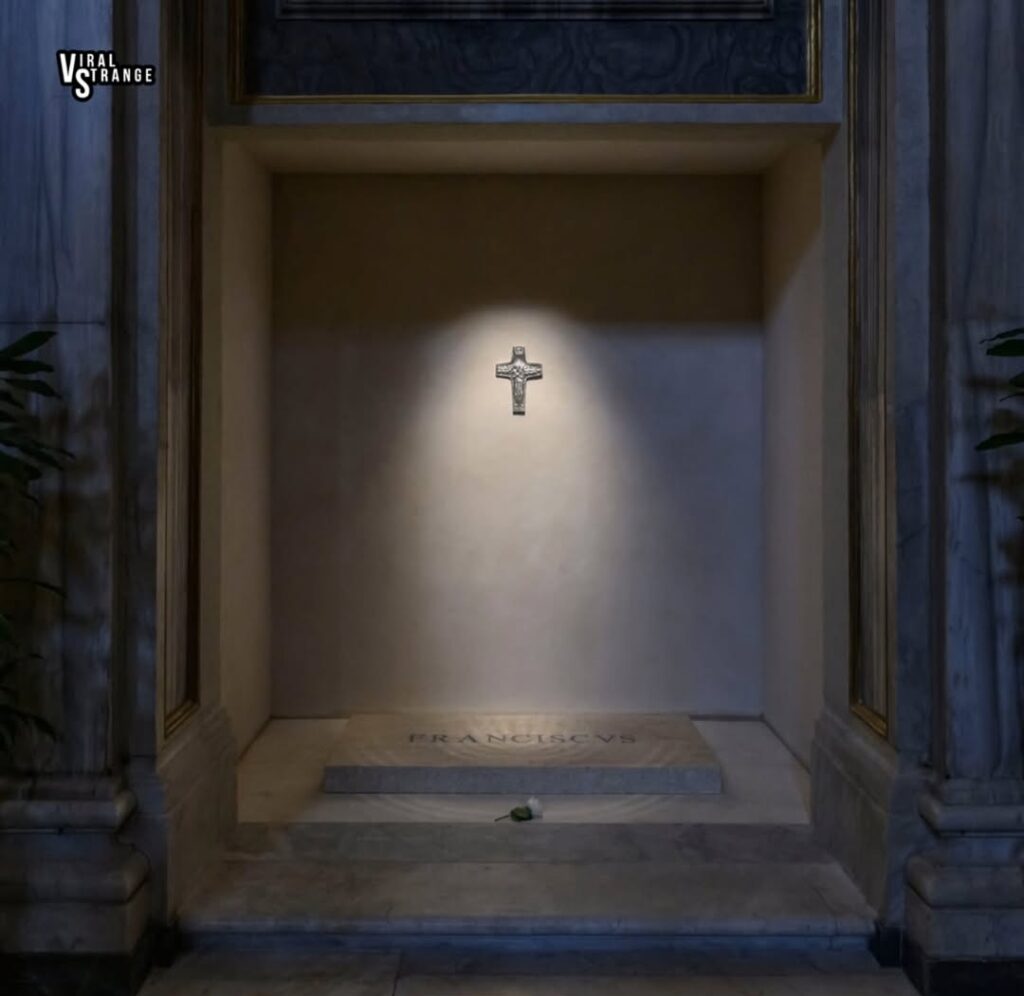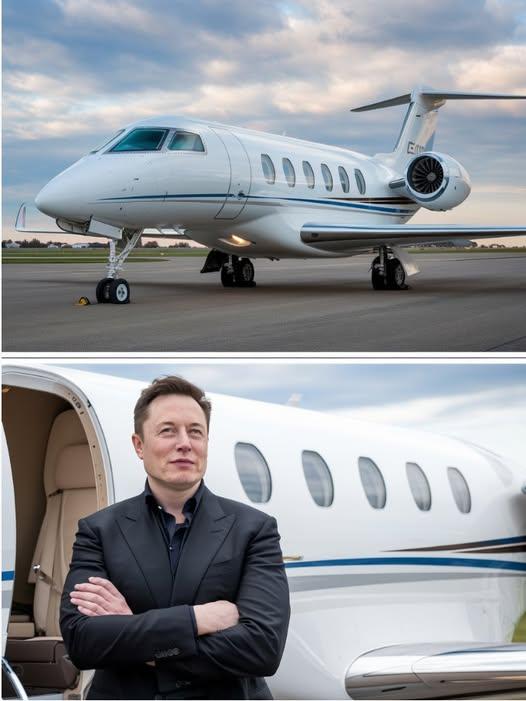A Farewell to a Humble Leader
When I first heard the news of Pope Francis’ passing on April 21, 2025, I felt a pang of sadness mixed with admiration. At 88, after suffering a cerebral stroke, the pontiff left behind a legacy that touched millions. His funeral Mass on April 26 in St. Peter’s Square was a testament to his global impact, drawing an estimated 250,000 mourners, including world leaders like U.S. President Donald Trump, French President Emmanuel Macron, and Ukrainian President Volodymyr Zelensky. The service, presided over by Cardinal Giovanni Battista Re, was both solemn and celebratory, honoring a man who redefined papal leadership with his simplicity and compassion.[]
But it was the Vatican’s release of the first images of Pope Francis’ tomb that truly captured my heart. Nestled in the Basilica of Santa Maria Maggiore in Rome, the tomb is a quiet masterpiece of modesty: a white marble slab inscribed only with “Franciscus,” a single white rose resting upon it, and a wall-mounted crucifix casting a gentle glow. This choice—to be buried outside St. Peter’s Basilica, the traditional resting place of popes, for the first time in over a century—speaks volumes about the man who shunned pomp in favor of authenticity.[]
Did You Know? Pope Francis is the first pope since Leo XIII in 1903 to be buried outside the Vatican, and the first at Santa Maria Maggiore since Clement IX in 1669.[]
Why Santa Maria Maggiore?
Pope Francis’ decision to be laid to rest in the Basilica of Santa Maria Maggiore wasn’t a whim—it was deeply personal. Throughout his 12-year papacy, he visited the basilica over 100 times, often praying before the icon of the Virgin Mary, Salus Populi Romani, before and after his international journeys. This Byzantine-style painting, believed by tradition to be painted by St. Luke, held special significance for Francis, a Jesuit who entrusted his ministry to Mary’s protection.[]
I can almost picture him, slipping out of the Vatican on March 14, 2013, the day after his election, to pray at the basilica—a quiet act that set the tone for his papacy. He returned after hospital stays, during the COVID-19 pandemic, and even after his final trip to Corsica in 2024, always drawn to this sacred space. His tomb, located in a niche between the Pauline and Sforza Chapels, is just steps from the icon, ensuring he remains close to Mary in eternity.[]
The basilica itself, perched on Rome’s Esquiline Hill, is steeped in history and legend. Founded in 432 after a miraculous summer snowfall, it’s one of Rome’s four papal basilicas and home to seven other popes’ tombs. Its vibrant mosaics, gilded wood, and the relic of Jesus’ crib make it a treasure, yet its location in the multicultural Esquilino neighborhood grounds it in the “real” Rome—a fitting choice for a pope who championed the marginalized.[]
A Journey Through Rome
The procession to Francis’ final resting place was a moment I wish I could have witnessed. After the funeral Mass, his simple wooden coffin was placed on an open-topped popemobile and driven through Rome’s ancient streets, past the Colosseum, the Roman Forum, and the Altare della Patria. An estimated 140,000 people lined the route, clapping and waving as the hearse crossed the Tiber River. At the basilica, about 40 migrants, prisoners, and homeless individuals—groups Francis tirelessly advocated for—greeted the coffin, each holding a white rose, a poignant nod to his care for the forgotten.[]
The private burial ceremony, presided over by Cardinal Kevin Farrell, was intimate, attended by church members and Francis’ family. His coffin paused before the Salus Populi Romani icon for a final farewell before being placed in the marble tomb, crafted from Liguria’s white stone—a nod to his Italian heritage. The simplicity of the rite, with psalms sung and no ornate decorations, mirrored Francis’ lifelong rejection of extravagance.
A Legacy of Simplicity and Service
Pope Francis’ tomb is more than a resting place; it’s a reflection of his values. He once said, “I want to be buried in Santa Maria Maggiore because it is my great devotion.” This devotion to Mary, coupled with his Jesuit roots, shaped his papacy. He lived in a modest Vatican guesthouse instead of the Apostolic Palace, wore well-worn black shoes instead of red papal slippers, and simplified papal funeral rites to emphasize dignity over opulence.
His commitment to the poor, the environment, and interfaith dialogue left an indelible mark. I remember reading about his virtual town hall in 2015, where he asked a young woman named Valerie to sing for him—a small, human moment that captured his warmth. His tomb, inscribed only with “Franciscus,” invites us to remember not a king, but a pastor who walked among the people.[]()
- Humility: Chose a simple tomb and a non-traditional burial site, reflecting his rejection of Vatican pomp.
- Devotion: Selected Santa Maria Maggiore for its spiritual significance, especially the Salus Populi Romani icon.
- Inclusivity: Ensured his burial procession included the marginalized, echoing his advocacy for the poor.
The World Mourns and Reflects
Since the tomb opened to the public on April 27, thousands have flocked to Santa Maria Maggiore to pay their respects. Mourners like Elias Caravalhal, who called Francis “an inspiration,” and Susmidah Murphy, who lamented that “we don’t get popes like this very often,” have shared their grief and gratitude. The Vatican estimates over 30,000 visitors on the first day alone, with queues stretching for hours. A special Mass in St. Peter’s Square on April 27, led by Cardinal Pietro Parolin, drew 200,000 more, marking the second day of the nine-day mourning period known as the novemdiales.
As the world looks ahead to the conclave to elect Francis’ successor, expected to begin around May 5 or 6, there’s a sense of uncertainty. Pilgrims like Romina Cacciatore and Tatiana Alva hope the next pope will carry forward Francis’ humanity and openness. For now, the focus remains on honoring a man who, even in death, reminds us that true greatness lies in simplicity.


